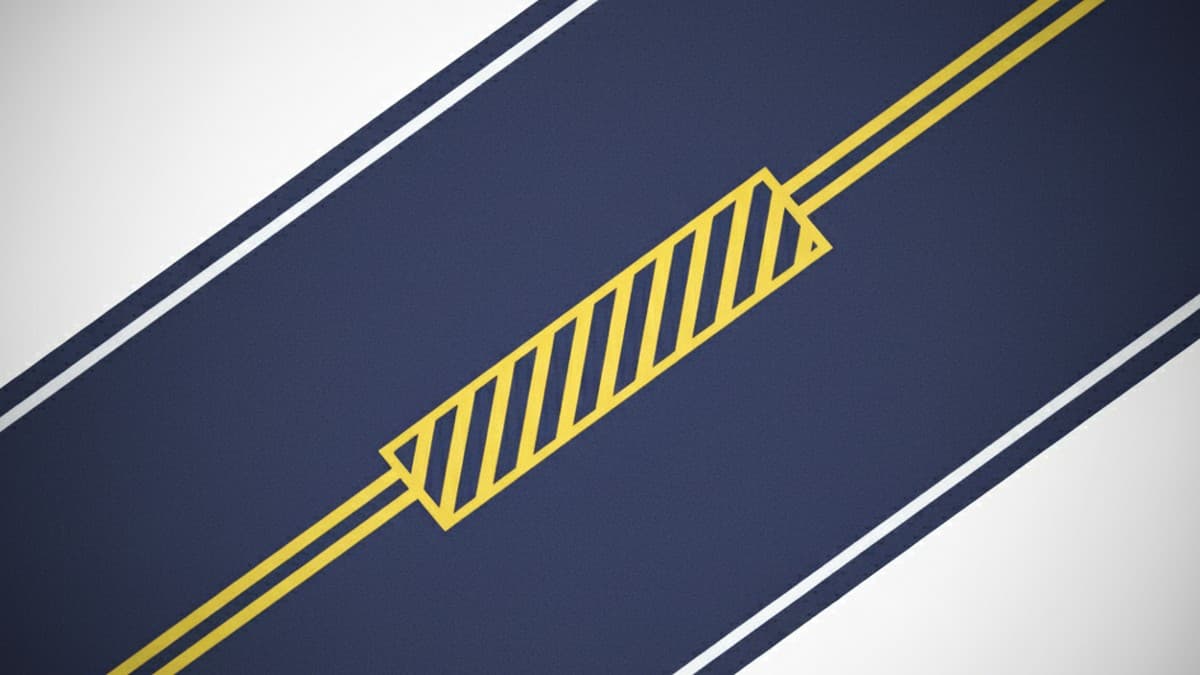HOV Double Lines Entry Exit Rules
High-Occupancy Vehicle (HOV) lanes—also called carpool lanes—use special pavement markings to control entry and exit. Most HOV lanes feature double solid lines along most of their length, with dashed segments at designated openings where drivers may legally enter or exit. Understanding where you can enter HOV across double lines, recognizing HOV opening locations, and knowing the consequences of an HOV ticket for crossing solid double lines can save you money and points on your license. Below we explain carpool lane entry dashed segments, enforcement hotspots, citation procedures, and what to do in emergencies near HOV double lines.

Enter and exit only where dashed HOV segments allow
The fundamental rule for HOV and carpool lanes is simple: cross only at dashed openings. Along the majority of an HOV lane, you will see double solid white or yellow lines. These solid lines mean do not cross. At planned intervals—often near on-ramps, off-ramps, or major intersections—the solid lines break into dashed white lines. These carpool lane entry dashed segments are the only legal locations to merge into or out of the HOV lane. Violating this rule by crossing solid double lines can result in a moving violation ticket, fines, and points on your driving record.
Reading HOV double solids vs designated openings
Double solid lines act as a barrier. Whether white or yellow, continuous double solids indicate no crossing. When the pavement marking transitions to dashed lines, you have reached a designated opening. Dashed segments typically span 100 to 300 feet, giving drivers adequate space to signal, check mirrors, and safely merge. Always look for overhead signs reading "HOV LANE BEGINS" or "CARPOOL LANE ENTRY/EXIT" to confirm the opening. If you see only solid lines with no break, you are in a no-crossing zone.
Region examples: CA express lanes, WA HOT lanes
Different regions implement HOV and express lane markings with slight variations. In California, express lanes on Interstate 880, I-680, and SR-91 use double solid white lines with periodic dashed openings. Drivers must have the minimum occupancy (typically 2 or 3+ occupants) or a valid FasTrak Flex transponder set to the correct position. Washington State operates HOT lanes (High-Occupancy Toll) on I-405 and SR-167, where carpoolers enter free at dashed segments while solo drivers pay tolls. The marking principle remains the same: solid double means no crossing; dashed segments permit entry and exit. Always verify local occupancy requirements and hours of operation posted on overhead signs.
Peak-hour enforcement hotspots
Officers concentrate enforcement during peak commute hours—typically 6–9 AM and 3–7 PM on weekdays—when HOV restrictions apply. Common enforcement hotspots include the first mile after an HOV lane begins, areas just before major exits where impatient drivers try to "sneak" across solid lines, and sections with heavy congestion in general-purpose lanes adjacent to a free-flowing HOV lane. Motorcycle officers often position themselves on overpasses or median shoulders with clear sightlines to catch violators mid-crossing. If you cross solid double lines in these zones, expect a citation.
Citation reasons officers list most often
The most common citation reasons include: (1) Crossing solid double HOV lines outside a dashed segment; (2) Insufficient occupancy—solo driver in a 2+ or 3+ lane during restricted hours; (3) Improper transponder setting on FasTrak Flex (set to "1" when carrying passengers, or vice versa); and (4) Illegal lane change within a dashed segment without signaling or yielding. Each violation typically carries a base fine of $400–$500 in California and similar penalties in other states, plus potential increases from court fees and assessments.
HOV lane double solid marking regulations
State vehicle codes define HOV lane markings and crossing rules. In California, CVC §21460 governs double yellow lines, and related sections address HOV lane striping. Generally, a double solid line (white or yellow) is a restrictive marking: you must not drive across it. The California Manual on Uniform Traffic Control Devices (CA MUTCD) specifies that HOV lanes use double white solid lines to separate them from adjacent general-purpose lanes, with dashed white openings at designated entry/exit points. Other states follow the federal MUTCD with local variations—check your state's driver handbook for precise definitions.
Crossing HOV double lines: when is it legal?
Crossing HOV double lines is legal only at dashed segments. No exceptions exist for convenience or minor congestion avoidance. The law treats these markings strictly: if the lines are solid, do not cross. If you need to exit for your upcoming interchange and you are past the last dashed opening, you must remain in the HOV lane until the next exit or opening, even if it means missing your intended exit. Plan ahead by entering and exiting the HOV lane at proper openings well before your destination.
Carpool lane entry points and dashed segments
Carpool lane entry dashed segments are marked with broken white lines that replace the solid double for a limited distance. These openings are spaced every 1–3 miles depending on the highway design, on-ramp locations, and traffic patterns. When approaching a dashed segment, signal early,check mirrors and blind spots, and match the speed of HOV traffic before merging. Do not cut across multiple lanes at once; merge smoothly and predictably. Exiting the HOV lane follows the same rule: wait for a dashed opening, signal, yield to general-purpose traffic, and exit cleanly.
How to identify lawful HOV openings
A lawful HOV opening has three key indicators: (1) Dashed pavement markings replacing the solid double lines for 100+ feet; (2) Overhead or roadside signage reading "CARPOOL LANE ENTRY/EXIT" or "HOV ACCESS POINT"; and (3) Clear taper or transition in the striping, guiding your merge path. If you see only a small gap in one line or ambiguous striping, it is not a legal opening. Do not guess—wait for the next clearly marked dashed segment. Some corridors also use overhead electronic signs displaying "ENTRY OK" or "EXIT OK" during operational hours, providing additional confirmation.
Peak vs off-peak HOV hours
HOV lanes operate under time-of-day restrictions. For example, a "2+ HOV 6 AM – 9 AM, 3 PM – 7 PM" sign means the lane requires 2 or more occupants only during those hours on weekdays. Outside peak hours, some HOV lanes convert to general-purpose lanes, while others remain HOV 24/7—check local signage. Importantly, the double line crossing rule typically applies at all times, even during off-peak. You still must use dashed segments to enter or exit, regardless of whether occupancy restrictions are active. However, enforcement of illegal crossings is far more common during peak hours when officers are actively patrolling.

Common HOV lane violations and tickets
HOV violations are among the most frequently issued traffic citations in metro areas with carpool lanes. The two primary offenses are (1) improper entry/exit—crossing solid double lines—and(2) insufficient vehicle occupancy. Both carry similar base fines, but the combined cost with fees often exceeds $500. Courts treat HOV violations as moving violations, meaning they can add a point to your driving record and increase insurance premiums.
HOV ticket for crossing solid double lines
An HOV ticket for crossing solid double lines is issued under the state's lane-use or marking statute (e.g., CVC §21655.8 and §21460 in California). The officer will note on the citation: "Crossed double solid white HOV line" or similar language, along with the location, time, and lane configuration. You cannot argue that the adjacent lane was congested or that you "didn't see" the dashed opening—solid lines are non-discretionary. If you contest the ticket, bring evidence such as dashcam video showing ambiguous striping or faded markings, but courts uphold most HOV crossing citations where the markings are clearly visible.
Fine amounts and court procedures
Base fines for HOV violations range from $350 to $500 depending on the state and specific code section. After adding court fees, state surcharges, and county assessments, the total often reaches $500–$700. In some jurisdictions, a first-time HOV crossing violation may qualify for traffic school, allowing you to keep the point off your record if you complete an approved defensive driving course. Court procedures typically involve three options: (a) Pay the fine and accept the violation; (b) Request a trial and contest the citation; or (c) Attend traffic school if eligible. Consult a traffic attorney if the fine will significantly impact your insurance or driving privileges.
Defending an improper HOV entry citation
Common defenses include: (1) Ambiguous or missing signage—if overhead signs were obscured or absent, you may argue lack of notice; (2) Emergency situation—sudden medical issue or vehicle malfunction requiring an immediate lane change; (3) Faded or unclear markings—if the dashed segment was worn away or the solid lines were not visible due to road construction. Bring photos, dashcam footage, or witness statements to support your defense. Note that "I didn't realize" or "everyone else was doing it" are not valid legal defenses.
Emergencies and breakdowns near HOV double lines
What if your vehicle breaks down or you face a medical emergency while driving in an HOV lane separated by solid double lines? The general rule is safety first. If you experience a true emergency— engine failure, flat tire, sudden illness—you may cross the double solid lines to reach the shoulder or exit the freeway, even if no dashed opening is immediately available. Courts and officers recognize that emergencies justify necessary rule deviations. However, you must be prepared to prove the emergency was genuine and not a mere convenience.
Emergency vehicle access and HOV rules
When an emergency vehicle approaches with lights and sirens, you must yield the right-of-way. In an HOV lane, this may require crossing the double solid lines to allow the emergency vehicle to pass. The law prioritizes emergency vehicle access over lane-use restrictions. If cited for crossing double HOV lines in this scenario, you can present evidence (dashcam, witness) showing you moved in response to an emergency vehicle. Similarly, if a collision or disabled vehicle blocks the HOV lane ahead, you may need to exit via the shoulder or cross into a general-purpose lane at the earliest safe opportunity, even if it means crossing solid lines. Use hazard lights, signal clearly, and document the situation if possible.